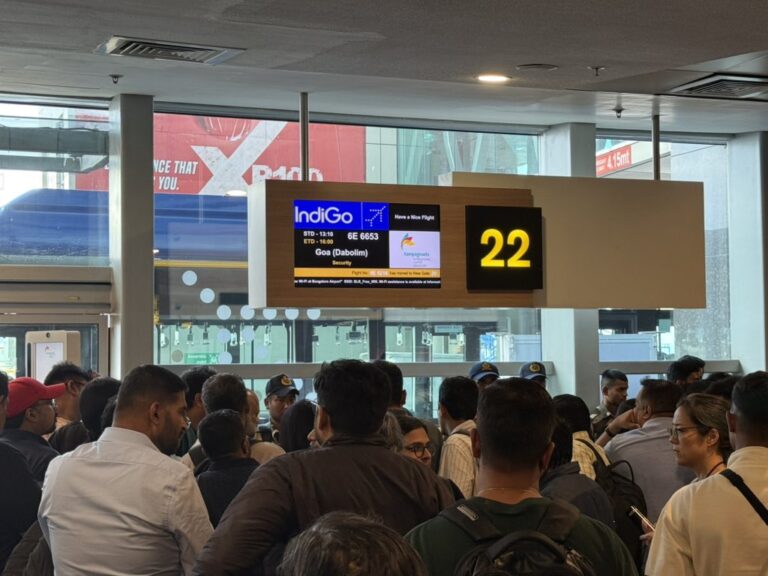
 By Dr Satish K Gupta*
By Dr Satish K Gupta*
XBB.1.16 is an Omicron variant similar to XBB.1.5 but with additional mutations like S:E180V and S:K478R in spike protein. The variant was identified in India as early as 10 March 2023. The way case numbers have doubled from~ 1300 on March 23, 2023, to ~ 3100 on March 31, 2023, should not be viewed lightly. A doubling time of fewer than 5 days could be an ominous sign. The COVID-19 positivity rate has crossed 5% in several states.
The Intramuscular Vaccination done so far does not guarantee against reinfection. Even mild COVID can lead to lingering symptoms called Long COVID. Vaccination protects against severe disease but not against infection. In a short study from Maharashtra, 11 infected people out of 42 had taken a precautionary dose. 10 (25%) required hospitalization. Four (30%)of the hospitalized patients needed oxygen. These percentages are in line with the initial days of the Pandemic. Though numbers are small in the study, the percentages are the initial guiding force. Therefore, one needs to be highly cautious and watchful and avoid unnecessary travel/events.
Mutations give XBB.1.16 the potential of immune escape over the enhanced transmission capacity of XBB.1.5 conferring on it a growth advantage though limited.
Initial trends suggest immune escape by XBB.1.16 variant among Indians. Despite three years into the pandemic, there are no significant changes in the COVID-19 management protocols released by the Indian Council of Medical Research (ICMR) and the Ministry of Health and Family Welfare (MoHFW) on March 28, 2023. But we are far more confident because of hybrid immunity (widespread subclinical infections superimposed on excellent vaccination coverage by effective vaccines).
However, patients with advanced comorbidities, old age people, morbidly obese people, immunocompromised individuals, immunosuppressive therapy, and people with systemic steroid therapy must be careful. The symptoms are no different from Flu. So the complacency of mistaking COVID for Flu can cost dear to society.
Patients with ILI (influenza-like illness) should be asked to wear masks. Patients with ILI and comorbidities must be tested for Covid-19. Young infected individuals should isolate themselves from older people.
People can urge the Govt to allow the 2nd Dose of Booster (in all the 4th doses of vaccine) to healthcare workers, front-line workers, older people, and people with comorbidities and immunocompromised individuals and gradually extend to other groups.
Watching virus behaviour for another two weeks might be a strategy, but 4th dose vaccination may not be delayed but instead advocated, advised, and augmented proactively. ‘iNCOVACC’ nasal vaccine could be an excellent vaccine in the present scenario saving the nation. It is available on the Cowin App but only up to the 3rd dose.
Whatever the scenario, the damage is likely to be lesser than the first two waves, but it would be prudent to minimize it further.
*Dr. Satish K Gupta is an MD in Medicines, a Visiting Senior Consultant Physician and Internist at Max Super Speciality Hospital, and a Clinical Assistant Professor at GS Medical College, Chaudhary Charan Singh University, Meerut. He is the author of Journey of COVID in India: A Doctor’s Perspective.





